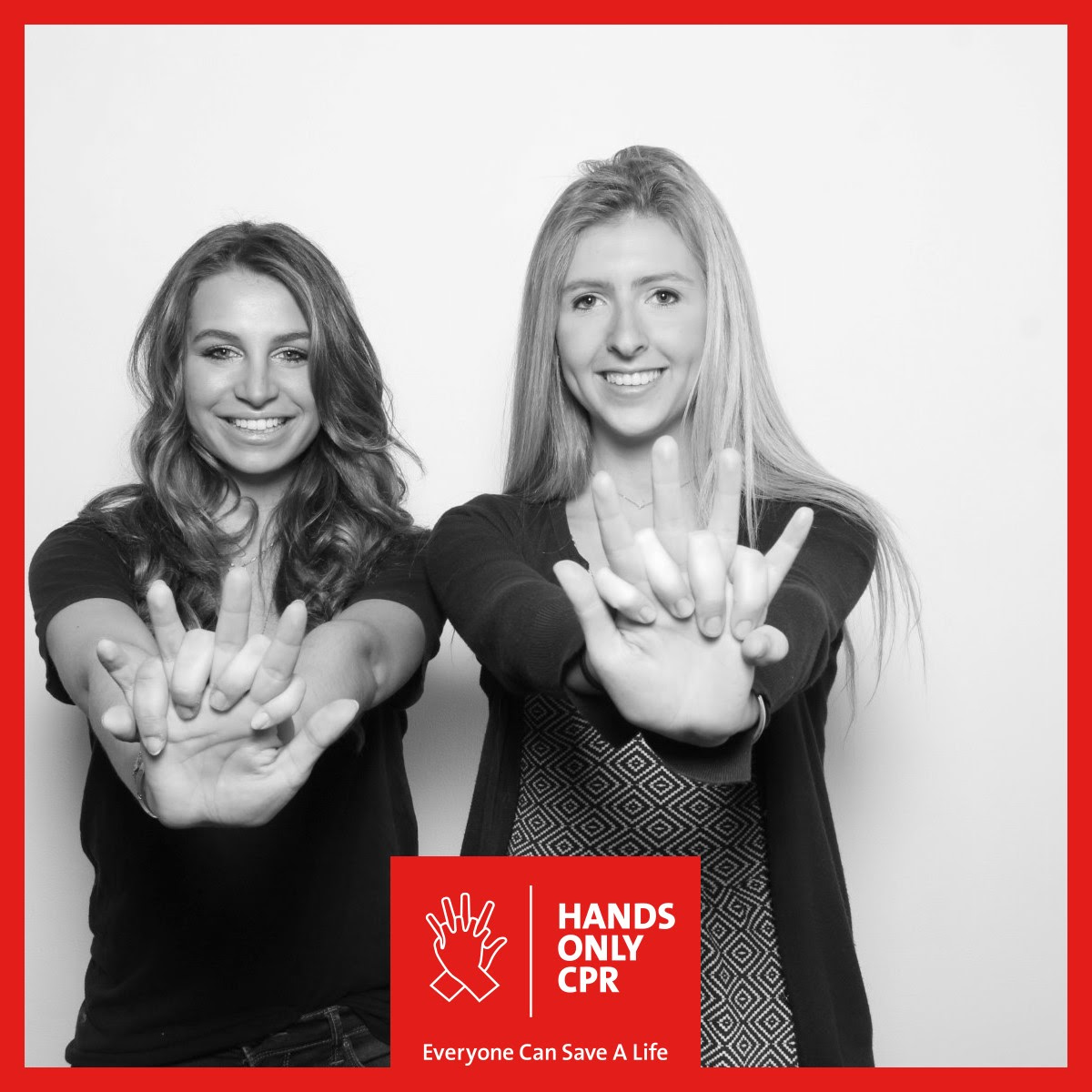
It was the last day of high school. With one exam left to go, a group of us were sitting in the senior class hangout, some watching Netflix, some cramming for the test. I was braiding my friend Jackie Acierno’s hair. I’d gotten midway down her back when I started to feel dizzy.
I had been having similar spells for about six months, and though I’d run through the gamut of tests—ruling out low blood pressure and a brain tumor, among other things—my doctors still weren’t sure what was causing my occasional lightheadedness.
“Don’t worry. This happens to me,” I said, as I slumped onto the carpet. “Don’t call an ambulance.”
Jackie ignored my request. She immediately ordered someone to call 9-1-1 and asked someone else to go get the campus nurse. “I remember thinking: it’s better to be embarrassed for having overreacted than embarrassed for having done nothing,” Jackie says now. So when my pulse started to fade, my eyes rolling back into my head and my body completely limp, Jackie again sprung into action. Rather than wait “even five Mississippi seconds” for the paramedics to arrive, Jackie says, she started performing cardiopulmonary resuscitation (CPR)—something she’d learned at an EMT training class.
She sat beside me on the floor and, with one hand on top of the other, her fingers interlocked, Jackie started pumping her fists into my chest to the rhythm of, yes, “Stayin’ Alive.” It’s a form of hands-only CPR that leaves out the mouth-to-mouth part most people associate with the practice, and it’s what many major health groups encourage people to try in events such as this. Studies show it’s just as effective at saving lives, and it’s much easier to do, too.
Jackie kept at it until the school nurse, Pat Neary, made it to us with an automated external defibrillator (AED)—an electronic device that can be used to shock the heart back into action. Grasping the handles of the AED, the nurse applied a first shock to my heart. Nothing. Then she applied a second. Nothing. One more…still silence. Finally, on the fourth shock, my heart began to beat again.
By that point, a police officer was also on the scene. In the 25 more minutes it took for an ambulance to show up, they managed to keep my heart beating using only their hands. Ultimately, their quick thinking—and the CPR they performed—saved my life.
But here’s the thing: While they remain my personal heroes, there isn’t much to the physical act of performing CPR. It’s an arm workout, but it isn’t rocket science. In fact, you probably picked it up by reading through this article (but if you want a primer, read this).
What’s harder is doing what Jackie did: springing into action when someone falls to the ground. And while it may seem risky, there’s little reason to hesitate performing hands-only CPR on someone who may need it. First of all, it’s harder to break someone’s ribs than you think. And second, it’s better to risk doing unnecessary CPR than do nothing—and watch someone die.
But you have to move fast. Most experts agree that after just six minutes, a brain deprived of oxygen can be irreversibly damaged. If another four minutes go by, death is nearly certain. That means that if Jackie had waited for the paramedics, I likely wouldn’t be alive—and I’d almost certainly be brain-dead.
There are many causes of cardiac arrest—ranging from existing heart arrhythmia to being hit in the chest with a baseball. But regardless of the underlying condition, without CPR, 92% of people experiencing cardiac arrest die, and every minute that CPR is delayed, the survival rate decreases.
It’s been five years since my cardiac event, and my life feels far less fragile than it once did. After many more tests, doctors determined that my attack stemmed from a rare but manageable medical condition called hereditary hemorrhagic telangiectasia (HHT), and I’ve had two successful surgeries to ensure it won’t happen again.
But no matter how secure I feel, there’s rarely a day that I wake up without thinking about Jackie and how her hands saved my life.
More Must-Reads from TIME
- Inside Elon Musk’s War on Washington
- Introducing the 2025 Closers
- Colman Domingo Leads With Radical Love
- Why, Exactly, Is Alcohol So Bad for You?
- The Motivational Trick That Makes You Exercise Harder
- 11 New Books to Read in February
- How to Get Better at Doing Things Alone
- Column: Trump’s Trans Military Ban Betrays Our Troops
Contact us at letters@time.com